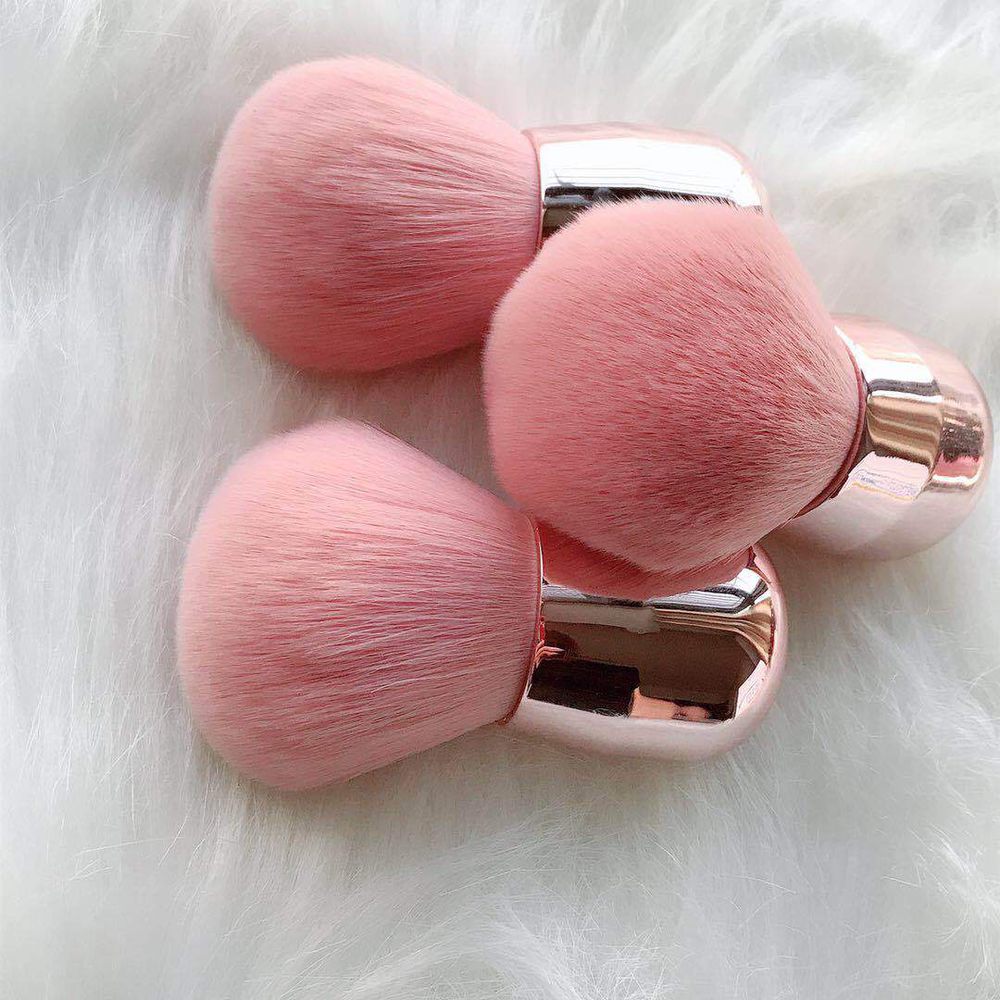Industry news
Sustainable Dyeing Processes for Bristles: Low-Water, Non-Toxic Coloration Techniques
- 528 Views
- 2025-07-14 01:31:31
Sustainable Bristle Dyeing: Innovations in Low-Water, Non-Toxic Coloration
The cosmetic industry is undergoing a profound shift toward sustainability, with consumers and brands alike prioritizing eco-friendly practices across the supply chain. A critical yet often overlooked area is bristle dyeing—an essential step in manufacturing makeup brushes, where traditional methods have long posed environmental and health risks. Today, innovations in low-water, non-toxic coloration techniques are redefining this process, aligning brush production with global sustainability goals.

Traditional bristle dyeing is notoriously resource-intensive. Conventional methods rely on large volumes of water—often hundreds of liters per kilogram of bristles—to dissolve synthetic dyes, rinse fibers, and remove excess chemicals. This not only strains water supplies, particularly in water-scarce regions, but also results in contaminated wastewater laden with heavy metals (like lead and chromium), azo dyes, and toxic solvents. These pollutants seep into ecosystems, harming aquatic life, and expose factory workers to respiratory and skin irritants. With regulatory bodies tightening environmental standards (e.g., the EU’s REACH法规) and consumers demanding transparency, the need for greener alternatives has become urgent.
Enter sustainable dyeing technologies, which focus on reducing water usage, eliminating harmful chemicals, and enhancing biodegradability. One leading approach is the adoption of natural dyes derived from renewable sources. Extracts from plants (indigo, turmeric, madder root), insects (cochineal), and minerals (iron oxides) offer vibrant, non-toxic color options. Unlike synthetic dyes, these natural alternatives biodegrade easily and pose minimal health risks. Recent advancements, such as nano-encapsulation, have addressed historical limitations like poor color fastness: tiny biodegradable nanops coat dye molecules, improving their adhesion to bristle fibers (whether natural, like goat hair, or synthetic, like nylon). Brands like [hypothetical eco-brush brand] report a 40% increase in color retention using this method, making natural dyes viable for commercial production.
Another breakthrough is supercritical CO₂ dyeing, a waterless technology that uses carbon dioxide as a solvent. In a closed system, CO₂ is heated and pressurized to a “supercritical” state—兼具液体 and gas properties—allowing it to dissolve dye ps and penetrate bristle fibers. The process requires 95% less water than traditional methods and produces zero wastewater, as CO₂ is recycled post-dyeing. It also eliminates the need for toxic mordants (chemicals that fix dyes), reducing chemical use by up to 80%. While initial equipment costs are high, the technology is scalable: a single supercritical CO₂ unit can dye 500kg of bristles daily, making it suitable for mid-to-large manufacturers.
Digital dyeing, adapted from textile printing, is also gaining traction for small-batch production. This precision method uses computer-controlled inkjet systems to apply dye directly to bristle tufts, minimizing overspray and waste. Water usage drops by 80% compared to traditional baths, and dye consumption is reduced by 30%, as only targeted areas are colored. Digital dyeing is ideal for custom orders—such as limited-edition brush sets with unique patterns—and aligns with the “slow beauty” trend, where brands prioritize on-demand production to reduce inventory waste.
Beyond environmental benefits, these techniques offer tangible business advantages. Brands using sustainable dyeing can earn certifications like EcoCert or GOTS, boosting consumer trust: a 2023 survey by Nielsen found 65% of美妆 buyers are willing to pay 10%+ more for products with verified eco-credentials. Additionally, reduced water and chemical costs lower long-term operational expenses. For instance, a mid-sized brush manufacturer switching to supercritical CO₂ dyeing could save $50,000 annually on water and wastewater treatment fees.
Challenges remain, however. Natural dyes still face color consistency issues, and supercritical CO₂ equipment requires significant upfront investment. Industry collaboration is key: partnerships between dye suppliers, machinery developers, and brush manufacturers can drive down costs and standardize practices. Regulatory frameworks, such as统一的可持续染色认证标准, would also help brands communicate their efforts effectively to global markets.
As sustainability becomes non-negotiable in beauty, low-water, non-toxic bristle dyeing is no longer an option but a necessity. By embracing these innovations, manufacturers can reduce their environmental footprint, protect worker health, and meet the demands of conscious consumers. The future of brush production is not just colorful—it’s green.











